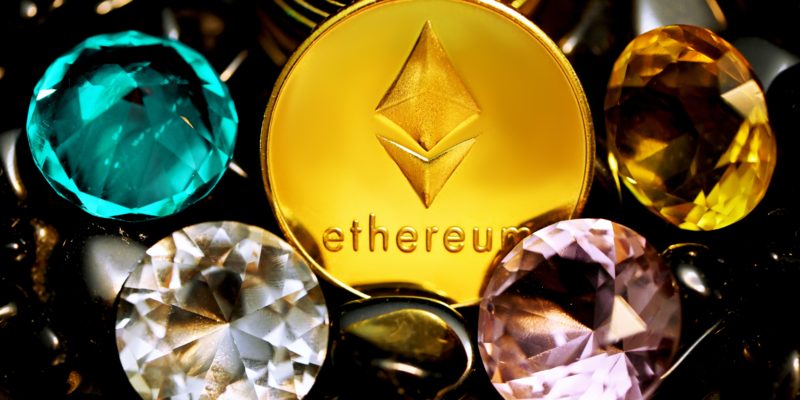In their never ending search for alternative revenue sources, publishers have discovered one of the hottest cryptocurrency trends. Seeing NFTs (non fungible tokens) become huge in the art market, publishers have jumped on the NFT bandwagon to sell eager audiences their digital assets.
Context
- NFTs or non-fungible tokens are tokens or entries, originally on the Etherium blockchain, used to certify ownership of digital artefacts. They can be unique or represent numbered copies of an original digital record. Technically, anything digital can be sold as an NFT, from games and video to music and images.
- In March this year, a JPG made by digital artist Beeple was sold at auction for $69.3 million, a record for a digital-only artwork. The sky-high price sparked global speculation in NFT art. “In 30 years, I’ve never seen such a reaction in the art world. It’s nothing less than an earthquake,” said New York-based collector and dealer Kenny Schachters.
- The next big NFT auction will be for the original code for the world wide web, written between 1990 and 1991 by British computer scientist Sir Tim Berners-Lee. The NFT, to be auctioned at the end of June, will include the original timestamped digital files of the code and a digital poster visualising the source code signed by Berners Lee.
Media NFTs
Spotting the opportunity to monetise their digital assets, several publishers have released NFTs that have featured articles, magazine covers and newsletter subscriptions.
- The New York Times sold a digital image of a column by author Kevin Roose for $560,000. The funds didn’t go to the NYT, but instead to a New York based charity. In another charitable sale, Ukrainian magazine NV is auctioning an NFT of its cover to support the Belarussian opposition. And business news site Quartz sold its first ever article for $1,800 in aid of a journalism fellowship.
- In a more commercial play, newsletter creator Kyle Chayka funded two months of his daily ‘Dirt’ entertainment and culture newsletter using NFTs. He made $33,000 selling 131 NFTs – an edition of 100 for .05 ETH ($125), an edition of 30 for .2 ETH ($500) and an auction for a single, unique NFT ($3,000).
- In a detailed post explaining the whole process, Chayaka wrote: “ NFTs as a business model have to be designed into the form and content of a media company or publication. These digital assets are a language and vocabulary all their own; the best analog is not collectible art but in-app purchases where the purchases deepen the customers’ relationship and engagement with the brand.”
The future for media NFTs
Beyond the Dirt newsletter, there aren’t many examples of NFTs being used as a sustainable revenue opportunity for publishers. Instead Axios recommends thinking of NFTs as ‘the modern version of selling tote bags or coffee mugs to subscribers’.
Elizabeth Lopatto, deputy editor of The Verge, told the Columbia Journalism Review that a sense of community is likely to be crucial if media or journalism is to get much from NFTs. “If we’re going to take them seriously as assets, we need to talk about who’d be buying them,” she said.
For her, the big question for anyone considering NFTs is, does your outlet have hard-core fans who will buy to support you? Without that, it’s very hard to imagine anyone wanting to own a piece of journalism rather than simply reading it.









